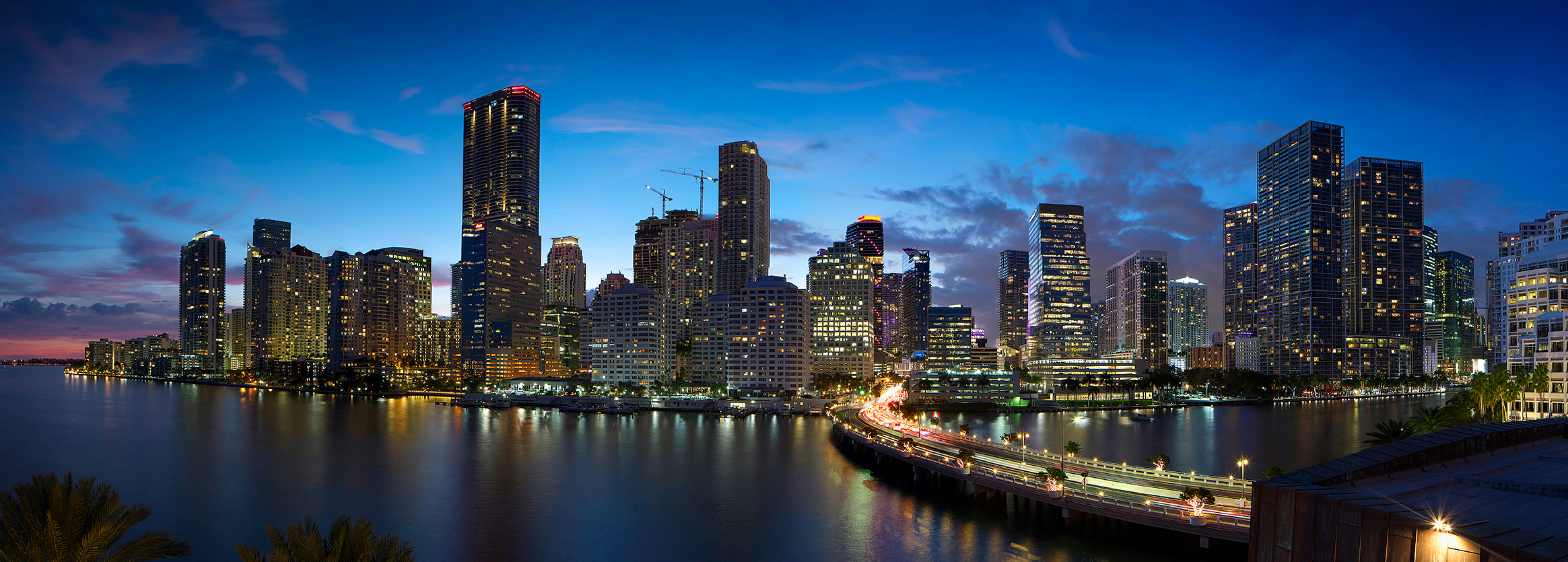Well, yes, the Foveon theoretically has this advantage, but the bayer matrix demosaicing algorithms are really really good by now, and there are so many pixels...think about it, for every given photograph, divide that photo into 24-150 million samples. If you take any given tiny area of a photo, you will have many different samples. The bayer works by looking at all the neighboring pixels' responses, and then coordinating. So it is not like a green pixel only reads green. If a green pixel is totally surrounded by red pixels, the algorithm will turn that green pixel red. The key here is the math and the sample size. A sensor like a Foveon would have a huge advantage in a low resolution environment, but with the sheer brute force number of samples in bayer algorithms, along with the sophistication of the demosaicing math, you wind up with very high accuracy. If Foveon really was that much better, it would have saturated the market by now. This is not to say it does not have advantages, but overall, I think the color accuracy is likely more on the camera maker and conversion software than on the underlaying sensor technology.

